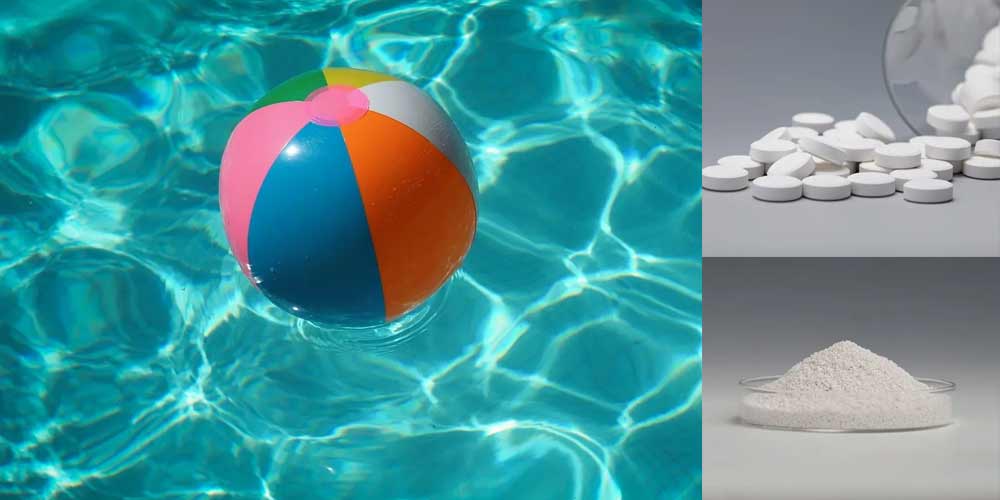Sodium dichloroisocyanurate (SDIC) is a chemical compound commonly used as a Disinfectant and Sanitizer. SDIC has good stability and a long shelf life. After being put into water, chlorine is gradually released, providing continuous disinfection effect. It has various applications, including water treatment, swimming pool maintenance, and surface disinfection. While SDIC can be effective in killing bacteria, viruses, and algae, it is essential to use it with caution and adhere to recommended guidelines to ensure safety for humans.
SDIC is available in different forms, such as granules, tablets, and powder, and it releases chlorine when dissolved in water. The chlorine content provides the antimicrobial properties of SDIC. When used properly and in appropriate concentrations, SDIC can help maintain water quality and prevent the spread of waterborne diseases.
However, it is crucial to follow safety guidelines and use the recommended protective measures when handling SDIC. Direct contact with the compound in its concentrated form can cause irritation to the skin, eyes, and respiratory tract. Therefore, individuals handling SDIC should wear appropriate protective gear, including gloves and goggles, to minimize the risk of exposure.
In terms of water treatment, SDIC is often employed to disinfect drinking water and swimming pools. When used in the correct concentrations, it effectively eliminates harmful microorganisms, ensuring that the water is safe for consumption or recreational activities. It is important to carefully measure and control the dosage of SDIC to prevent overuse, as excessive chlorine levels can pose health risks.
Note: Store in a cool, dry, well-ventilated warehouse. Keep away from fire and heat sources. Protect from direct sunlight. The packaging must be sealed and protected from moisture. Do not mix with other chemicals when using.
In conclusion, sodium dichloroisocyanurate can be safe for humans when used according to recommended guidelines and in appropriate concentrations. Proper handling, storage, and dosage control are essential to minimize the risks associated with this chemical compound. Users should be well-informed about the product, follow safety protocols, and consider alternative disinfection methods based on specific requirements. Regular monitoring and maintenance of water treatment systems are crucial to ensuring the continued effectiveness and safety of sodium dichloroisocyanurate in various applications.
Post time: Mar-06-2024

